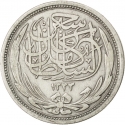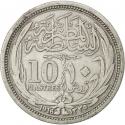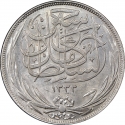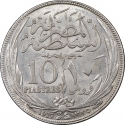You are about to finish your registration. Please check your mailbox (including spam folder). There should be a letter with a confirmation link. Check setting to make sure that your e-mail address is correct.
Send letter againDescription
The Sultanate of Egypt was the short-lived protectorate that the United Kingdom imposed over Egypt between 1914 and 1922.
From 1882-1922, Britain formally occupied Egypt and controlled its government. At first, in what was called a veiled protectorate, Britain managed the Egyptian budget, took over the training of its military, and (although it had no legal authority to do so) basically ran Egypt through a series of commissions designed to protect British investments. The veiled protectorate lasted from 1882-1914, after which Britain declared war on the Ottoman Empire and named Egypt a formal protectorate, meaning it took complete control of the nation. However, the movement of British troops out of Cairo during World War I gave revolutionaries a chance to unite and anti-British rebellions popped up. In 1922, Britain resolved the problem by declaring Egypt independent.
Fuad I (1868–1936) was the sultan and later king of Egypt and Sudan, sovereign of Nubia, Kordofan, and Darfur. The ninth ruler of Egypt and Sudan from the Muhammad Ali dynasty, he became sultan in 1917, succeeding his elder brother Hussein Kamel. He substituted the title of king for sultan when the United Kingdom recognised Egyptian independence in 1922.
Obverse

|
Depicts the tughra of Sultan Fuad above the accession date within a wreath. السلطان فؤاد |
|---|---|
Reverse

|
Value in English and Arabic in the centre, country name (Sultanate of Egypt) above, year (left in Western, right in Arabic) and mintmark below. السلطنة المصرية |
| Edge |







